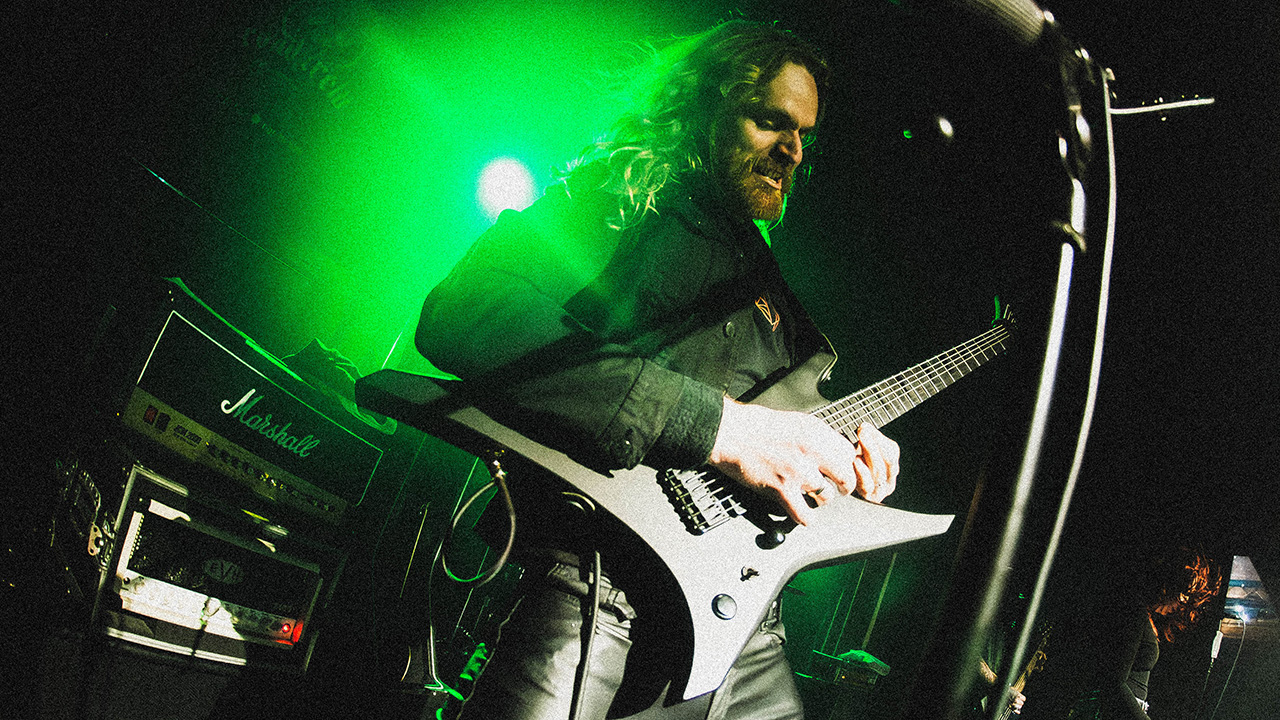A beginner’s guide to the Gibson Byrdland – the cult classic archtop that took flight after a request from two Nashville guitar aces
Billy Byrd and Hank Garland were integral to the development of one of Gibson’s coolest ‘Thinline’ models – an “L-5, but with a thinner body and a bunch of other stuff” – and the rest is history
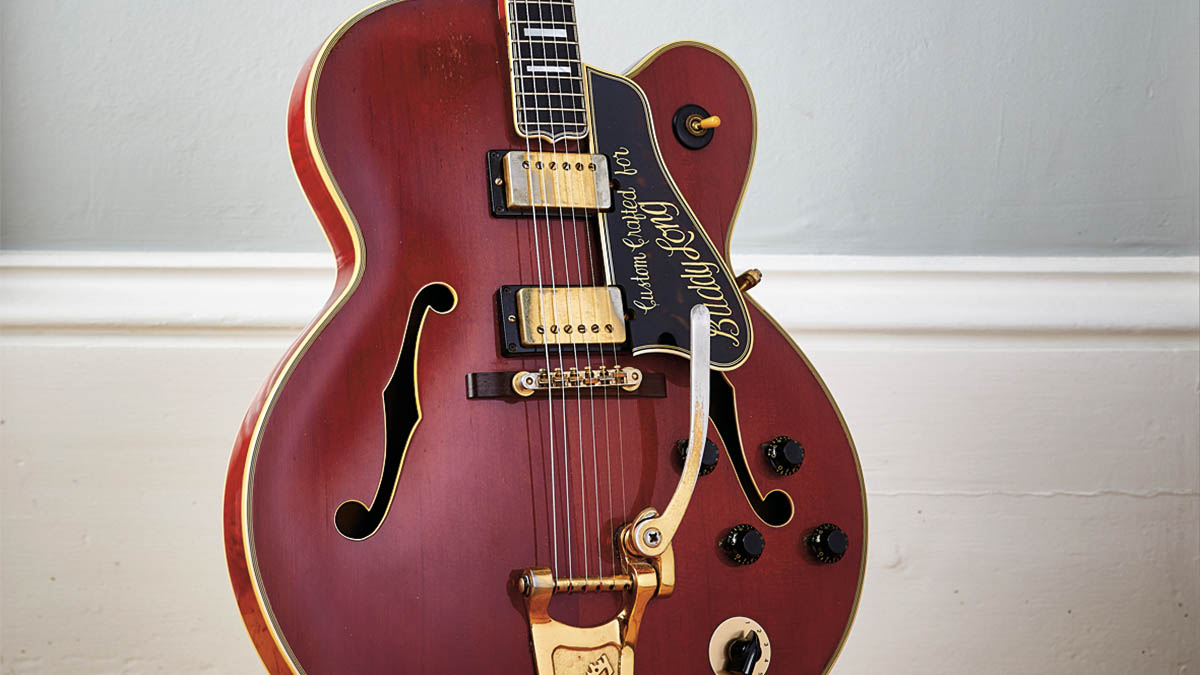
During the mid 1950s, sales of Gibson archtop models declined dramatically. Players were frustrated by the archtop electric’s bulky dimensions and tendency to feed back, but at the same time many were also displeased with the heavier weight and less-resonant acoustic properties of Gibson’s solidbody models.
In response, Gibson introduced its first “Thinline” models in 1955, which offered a sort of “Goldilocks” solution where the traditional archtop’s depth was reduced by about half. Gibson’s first thinline model was the Byrdland, followed shortly afterwards by the somewhat similar ES-350T.
The Byrdland’s name combined the surnames of two pro guitarists, Billy Byrd and Hank Garland, who helped conceive the model. Byrd was a prominent country guitarist who played in Nashville’s Grand Ole Opry house band and was a member of Ernest Tubbs’ Texas Troubadours.
Garland was a Nashville session player who later appeared on dozens of legendary country and rock ’n’ roll singles by artists like Elvis Presley and Patsy Cline and recorded the classic 1960 instrumental jazz guitar album Jazz Winds from a New Direction.
“Billy and I told Gibson that we’d like an instrument like the L-5, but with a thinner body and a bunch of other stuff,” Garland told Guitar Player in 1981.
The Byrdland’s features included a solid spruce top, maple back and sides, round Venetian cutaway, laminated maple neck with ebony fingerboard and pearl block markers and pearl “flowerpot” headstock overlay inlay, all inherited from the L-5CES.
Its major differences included the reduced 2 ¼-inch body depth (compared to the L-5’s 3 5/8-inch depth) and smaller neck with a 23 ½” scale length (as opposed to 25 ½” for an L-5) and narrower 1 5/8-inch nut width. The Byrdland also featured a 22-fret fingerboard, instead of 20 frets, as seen on an L-5 or ES-175.
Get The Pick Newsletter
All the latest guitar news, interviews, lessons, reviews, deals and more, direct to your inbox!
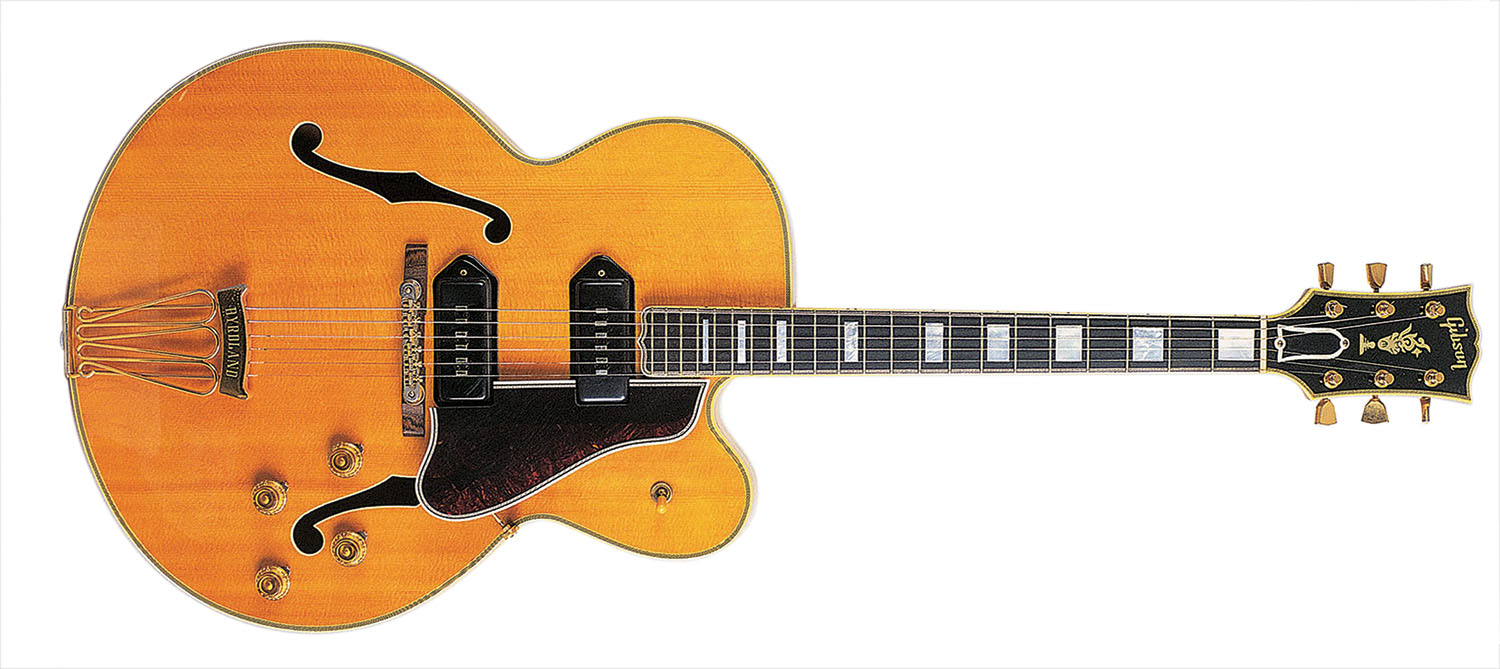
Gibson initially offered the model with a sunburst finish for $550 or in a natural finish for $565. It underwent various changes over the years, including a switch from single-coil P90 pickups to humbuckers in 1958, a sharp Florentine cutaway from late 1960 through 1969 and standard 1 11/16-inch nut width in 1969.
The guitar would became synonymous with rocker Ted Nugent, who accidentally destroyed his beloved original ’65 Byrdland onstage.
The Byrdland remained a standard production model from 1955 until 1993, when it became part of Gibson’s Historic Collection available for special order through the Gibson Custom Shop until 2018.
“A huge Achilles heel with the non-traditionals”: What’s the hardest part about designing a fresh guitar? According to Novo Guitars, it’s probably not one you’d expect
“It’s unreal that my own name is one of the coolest finishes I think Fender has ever done”: Fender teams up with country superstar Brad Paisley on a signature Telecaster that brings back a cult classic finish from the 1960s
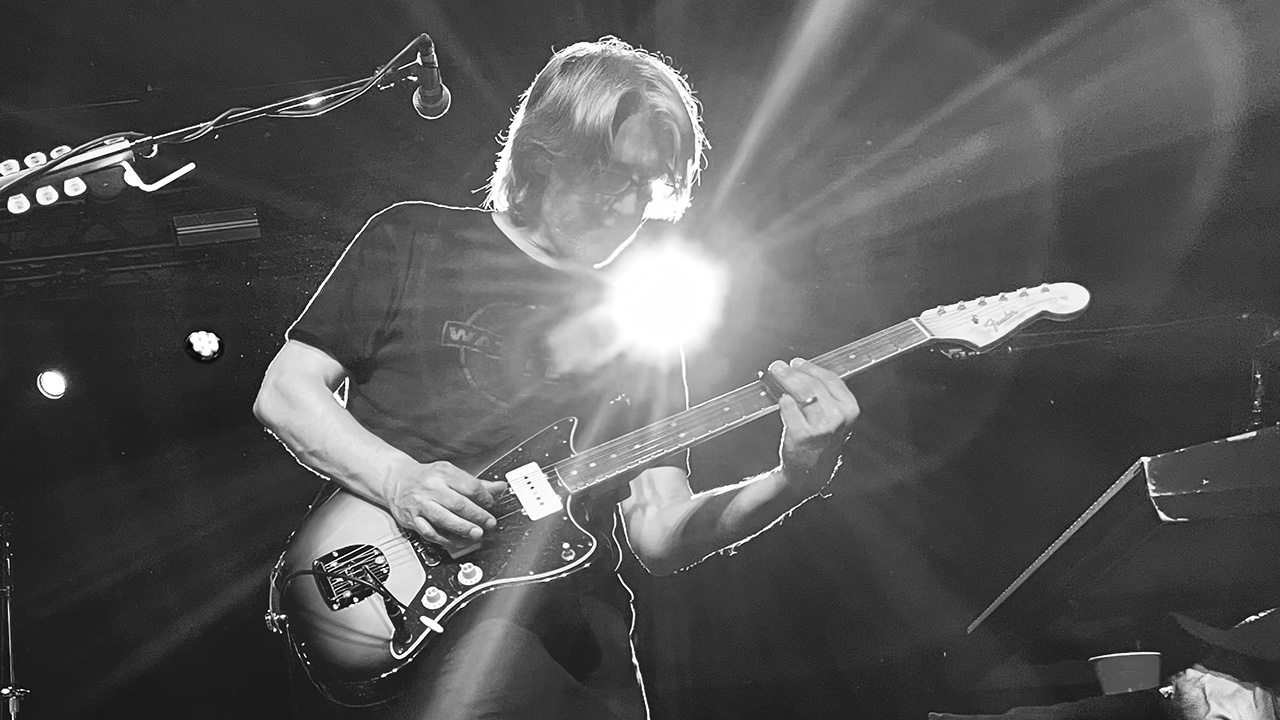
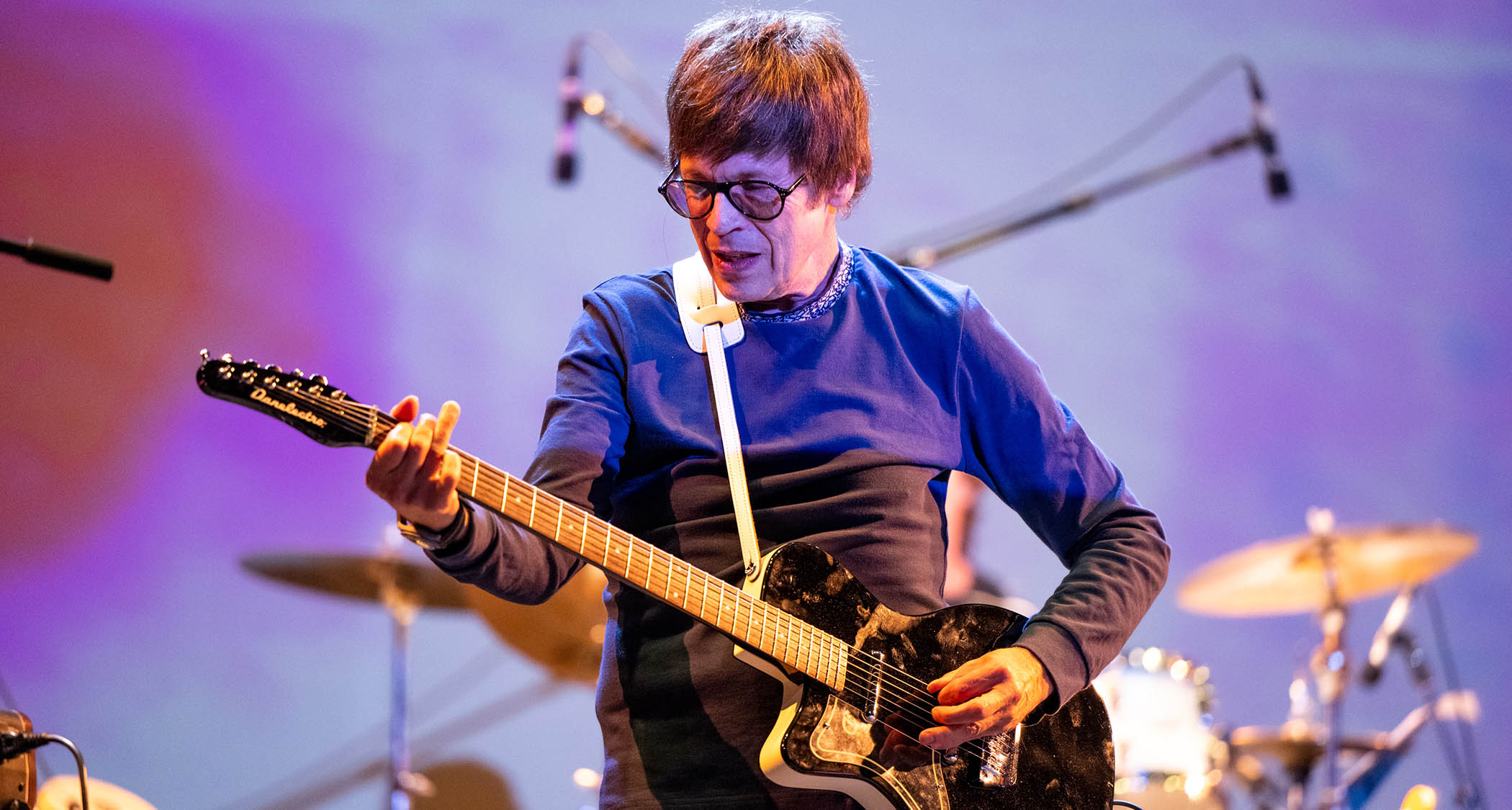


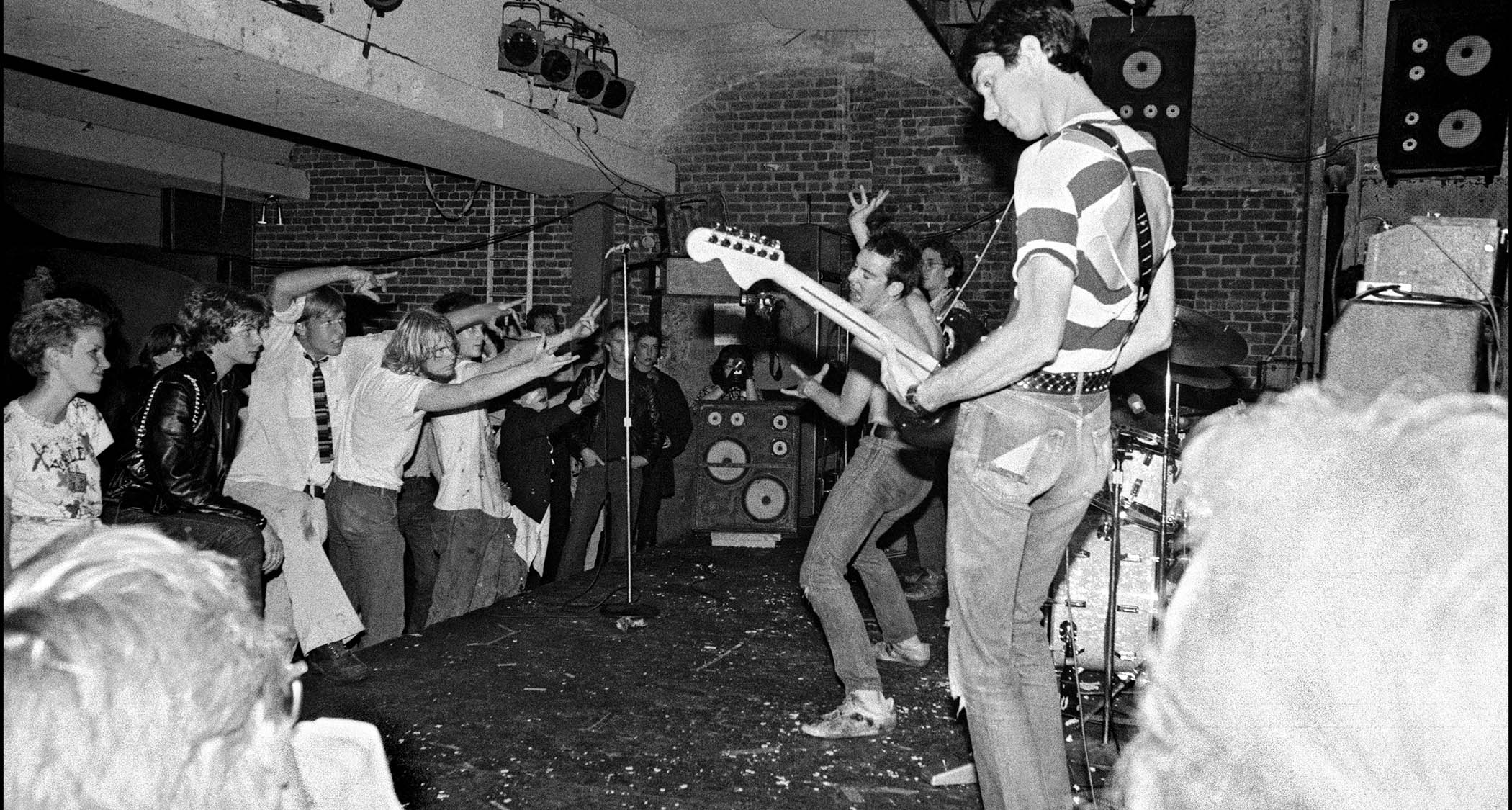
![The Night Flight Orchestra all glammed-up in stage clothes and photographed against a green backdrop: guitarists Rasmus Ehrnborn [second from left] and Sebastian Forslund [fourth from right]](https://cdn.mos.cms.futurecdn.net/Wy6UcSKUxjjiWvEWzYf3y3.jpg)
